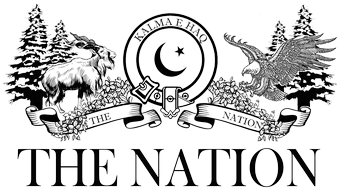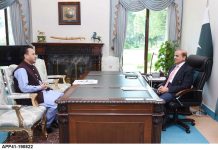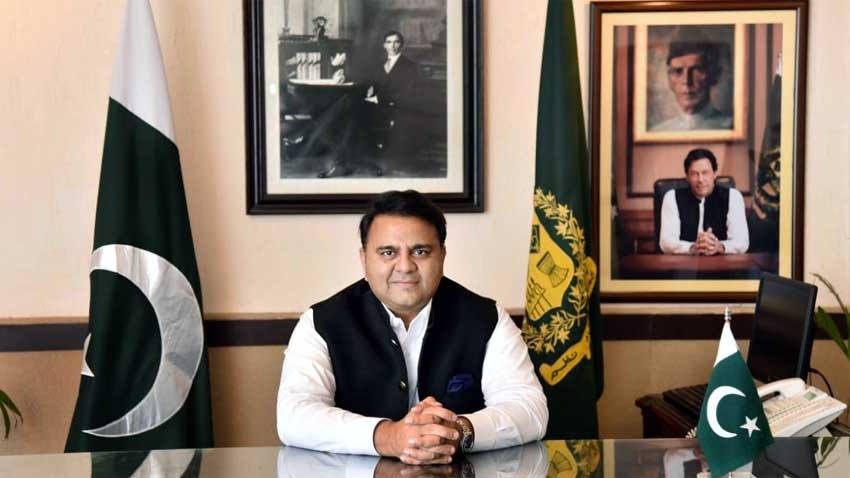ISLAMABAD: Despite high claims, budget 2016-17 does little to address the real issues of the economy or to revive growth, the Institute for Policy Reforms (IPR) stated here on Friday
The budget focuses on balancing receipts with expenditure. It does not set a strategic direction. According to IPR, fiscal deficit of 3.8 per cent is too ambitious. To get close to it, government has relied again on withholding and indirect taxes.
According to IPR, major issues encumber economic growth. Agriculture production has declined. Exports are in a precipitous long-term fall. Power and energy remain short. The external sector is vulnerable, as government borrows new loans to pay off old ones.
The performance of industry is mixed. Textile production is stagnant and other key industries languish. Services, not the productive sectors, have fueled the economy’s growth of 4.7 per cent
Pakistan’s last population census took place in 1998. All plans or budgets are based on a lack of information about the number of people they affect. Government will be hard pressed to meet the ambitious fiscal deficit target of 3.8 per cent. It again may cut development spending to achieve it. Total revenue is projected to grow to Rs. 4,915 billion, a growth of 13.4 per cent.
Following an increase of 19 per cent this year, FBR’s tax revenue is targeted to grow by another 16.6 per cent. Total expenditure is set at Rs. 4,418 billion. Current expenditure will grow by 15.6 per cent over present year. Development will increase by 14 per cent.
To meet its fiscal deficit target, the budget counts on a provincial surplus of Rs. 339 billion. Inevitably, borrowing will also meet the gap, including Rs. 819 billion in external funds.
IPR questions the government’s policy to increase the burden of indirect taxes. This year too much revenue increase comes through indirect taxes. These taxes are regressive, but more so, for an economy in moderate growth, they inhibit revival.
Referring to measures to revive agriculture and industry, IPR states that their contribution to growth is temporary. The need was for long term efforts to build competitiveness and increase productivity. While reduction in input cost will help, agriculture suffers from neglect of water resources and management.













